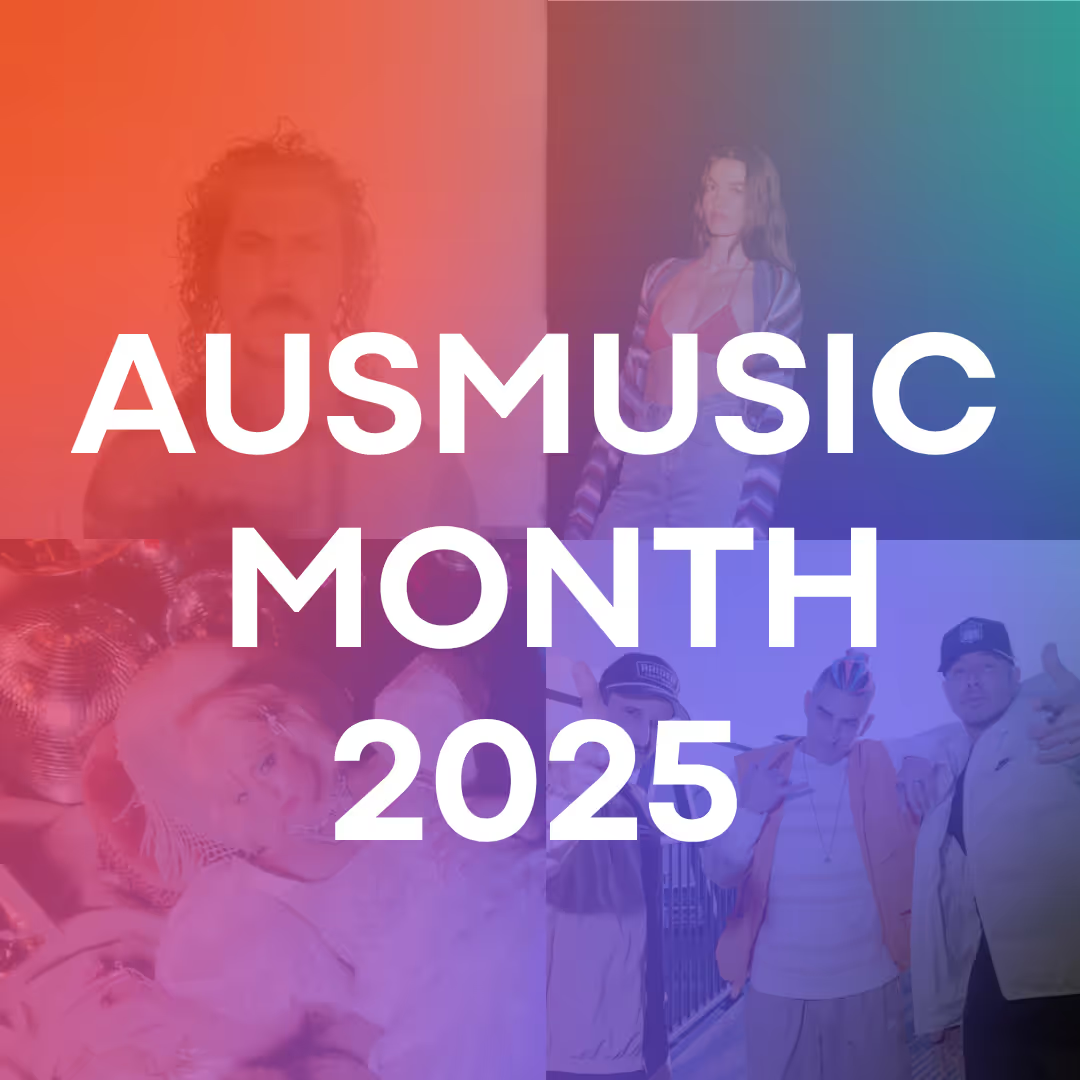Creative Best Practices for In-Store Audio Ads
Five fundamentals that help your message cut through — fast.
In retail environments, attention spans are short and the path to purchase is fast. Shoppers are often on a mission: grab a drink, pick up a prescription, restock the pantry. That means brands have just seconds to influence a decision and in-store audio advertising has become one of the most effective tools for doing so.
But just being heard isn’t enough. The creative itself must work hard: cutting through the noise, delivering value fast, and guiding action. Whether you're a brand advertiser, retailer, or creative team, these five principles will help you build high-performing audio ads that meet shoppers where they are - both physically and mentally.
1. Keep It Focused
One ad, one message. Simplicity wins.
When audio ads try to do too much, they often do nothing at all. A common mistake is to load up a single ad with multiple products, competing calls-to-action, or layered brand messages. In fast-paced retail settings, the cognitive load this creates leads to confusion — or worse, complete disengagement.
Instead, the most effective in-store ads focus on one thing. Highlight a single product, offer, or idea. This makes the message easier to remember, and more importantly, easier to act on.
2. Lead With the Offer
Attention is earned fast or not at all. Start with what matters.
In-store environments are busy - carts squeak, announcements chime, and people are in motion. Ads that meander or build slowly risk being ignored. That’s why it’s essential to lead with the most compelling element: the offer.
Whether it’s “Buy one, get one free,” “20% off today,” or “Free gift with purchase,” promotional language performs best when it comes first. Shoppers tune in when there’s a deal on the table and when that deal is easy to grasp right away.
In our experience, this structure consistently outperforms more traditional “brand-first” copy that saves the value for the end. In-store audio isn't a branding campaign — it's a moment of influence.
3. Make It Quick
15 seconds is more than enough — if you use it well.
Shoppers don't stand still in retail stores. That means you have a narrow window to catch their ear and change their behavior. The most successful in-store ads are short, punchy, and tightly structured — typically around 15 seconds.
Why 15? It's long enough to deliver a clear message with personality, but short enough to retain attention from start to finish. It also respects the unique rhythm of in-store environments, where ads often play between music tracks, announcements, or other retail cues. Anything longer risks being cut off or ignored.
This isn't to say longer formats have no place, however they must be used intentionally, often in specific zones such as the fuel pump where dwell time is longer. For general store-wide playback, short-form wins.
4. Use Everyday Language
Speak like a human, not a headline.
Many ads fall flat because they sound like… well, ads. Overwritten scripts, corporate jargon, and overproduced voiceovers create distance between the message and the shopper. The fix? Write the way real people talk.
Natural, accessible language builds trust and speeds comprehension. A shopper shouldn’t have to decode your ad. They should get it - instantly.
This becomes even more critical in diverse markets. Using clear, colloquial language helps cross language and cultural barriers, making ads more inclusive and more effective across geographies. It’s not about dumbing down - it’s about being understood.
5. Align With Shopper Intent
Effective ads don’t interrupt, they assist.
The best in-store audio ads feel less like sales pitches and more like timely nudges. That’s because they align with the shopper’s intent - reinforcing their mission rather than redirecting it.
If someone came in for a snack, a quick reminder that chips are two-for-one doesn’t feel intrusive; it feels helpful. If someone is picking up a prescription, hearing about a vitamin offer or a seasonal health item feels relevant - not random. This kind of contextual alignment boosts conversion and builds goodwill.
This principle becomes even more powerful when combined with data signals. Retailers and advertisers who can tailor messaging to time of day, weather, or inventory levels can serve not just any ad - but the right ad, at the right moment.
Where Do We Go From Here
Creative fundamentals still matter, but the tools behind them have evolved. Many voice models in the market were designed for podcasts or audiobooks, trained to deliver long-form narration with calm, even tone. That doesn’t translate well to retail. Our voices are built differently - trained specifically for ad reads, with the right pacing, energy, and intonation to capture attention and motivate action in fast-moving store environments.
The same applies to copy. Instead of pulling from generic language patterns, our system has been trained on thousands of high-performing retail ads. It’s designed to surface the strongest offers, lock in message clarity, and apply the fundamentals proven to convert - all while adapting to brand voice and campaign context.
At QSIC, we combine these creative building blocks with smart delivery and automation, making it easy to scale effective in-store campaigns without compromising quality. It’s not about speeding up the process - it’s about making every message sharper, smarter, and more impactful.
To see how our platform works, visit getqsic.com/solutions/ads.
.jpg)


.avif)